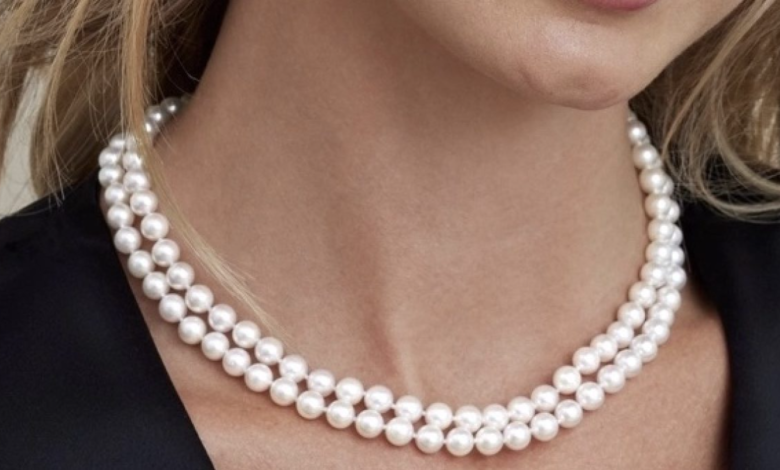White Crystals: Nature’s Sparkling Mystery

Discover the fascinating world of white crystals, their formation, meanings, uses, and healing properties. Learn how these sparkling gems influence energy, wellness, and beauty.
Introduction to White Crystals
White crystals have fascinated people across civilizations. Their shimmering surfaces, translucent beauty, and hidden meanings have made them a favorite among collectors, healers, and jewelers alike. The elegance of white crystals is not just about looks. They are often seen as symbols of clarity, purity, and calm energy, making them one of the most sought-after forms of natural gemstones.
When we talk about white crystals, we’re not just referring to one single type of mineral. The term can include quartz, calcite, selenite, moonstone, and several other varieties. Each comes with its own unique appearance and properties, but all share that enchanting pale glow that makes them stand out. Whether you’re drawn to them for spiritual purposes, wellness, or simple aesthetic value, white crystals are more than just rocks—they’re natural treasures.
What Are White Crystals?
At their core, white crystals are mineral formations that take on a white, clear, or milky appearance due to their chemical makeup and the way light interacts with them. Unlike brightly colored gems, white crystals have a subtle charm that feels calming to the eye. Their natural glow gives them a versatile appeal, whether placed in a home, worn as jewelry, or used in meditative practices.
These crystals form in the earth over millions of years. They can be found in caves, mountains, riverbeds, and sometimes even within volcanic landscapes. Their appearance depends on the pressure, temperature, and mineral content of the area where they grow. This is why a piece of white quartz looks different from a white calcite stone, even though both are part of the broader white crystal family.
The Symbolism of White Crystals
White crystals are often associated with purity, clarity, and fresh beginnings. Many cultures believe that their pale color mirrors the essence of light itself, carrying vibrations that cleanse negative energy and restore balance. They’re often used during spiritual practices because they are believed to open the mind to higher awareness.
In everyday life, people also see white crystals as symbols of simplicity and peace. They’re considered the perfect companion for moments when one needs to reset and clear mental clutter. From weddings to healing rituals, white crystals often appear as symbols of hope, unity, and protection.
Types of White Crystals
There are countless white crystals, each with subtle differences. Here are some of the most notable ones:
| Crystal | Appearance | Common Associations |
|---|---|---|
| White Quartz | Transparent to milky | Healing, clarity, energy amplification |
| Selenite | Soft, satin-like shine | Protection, spiritual connection |
| Calcite | Opaque with soft glow | Cleansing, grounding, inner peace |
| Moonstone | Shimmering surface | Intuition, balance, emotional healing |
| Howlite | Matte with grey veins | Calmness, stress relief, focus |
Each of these crystals is admired not only for its beauty but also for the way it resonates with energy seekers. Collectors may choose them for decorative appeal, while healers use them to channel specific vibrations during meditation.
Healing Properties of White Crystals
One of the reasons white crystals are so popular is their connection to healing practices. Crystal enthusiasts believe that these stones can align with the body’s natural energy systems. They’re often placed on or near the body to promote balance, reduce stress, and encourage inner calm.
White crystals are also said to enhance spiritual awareness. Meditators use them to deepen concentration and feel more connected to their inner self. Even people who don’t believe in metaphysical energy find comfort in their gentle glow, using them as visual reminders of peace and stillness.
Everyday Uses of White Crystals
While many people collect white crystals for their spiritual significance, they also have practical uses in daily life. Jewelry designers love using them in rings, necklaces, and bracelets because their neutral color pairs well with almost any outfit. Their versatile charm makes them perfect for both casual and formal settings.
White crystals are also used in home décor. A polished white quartz cluster on a shelf or a selenite lamp on a nightstand can completely change the mood of a room. Beyond beauty, some believe these stones help maintain positive energy indoors, making them a staple in mindful interior design.
White Crystals in Spiritual Practices
For centuries, white crystals have played a role in religious and spiritual traditions. They’re often used as tools for prayer, meditation, or rituals. Their light-like appearance symbolizes divine energy, making them sacred to many cultures. Some traditions use white crystals as protective charms, while others see them as a way to communicate with higher realms.
Meditation with white crystals is especially popular. Practitioners often hold a piece of quartz or selenite during deep breathing exercises. The crystal is said to amplify focus, making it easier to let go of distracting thoughts and find mental clarity. Even if one does not follow spiritual beliefs, the practice can feel soothing thanks to the stone’s cool, grounding texture.
White Crystals in History

White crystals have been cherished throughout history. Ancient civilizations used them as protective amulets, decorative ornaments, and even tools for divination. In ancient Egypt, selenite was carved into sacred objects. In Rome, quartz was believed to be frozen water gifted by the gods.
Across Asia, white crystals often symbolized wisdom and clarity. They were sometimes placed in temples to absorb divine energy. Today, the historical connection adds even more depth to the fascination with these stones. Their timelessness shows that the admiration for white crystals is far from a modern trend—it is a legacy carried across generations.
Caring for White Crystals
Like all natural stones, white crystals benefit from a little care. Their surfaces can attract dust, oils, and even negative energy, depending on how they’re used. Most crystal enthusiasts recommend gently cleaning them with water or soft cloths. However, some types, like selenite, are delicate and should not be soaked.
Energetic cleansing is also common. People often recharge their crystals by placing them under moonlight, burying them in the earth, or using incense smoke. These rituals may seem symbolic, but they also provide moments of mindfulness and connection with nature. Caring for white crystals not only preserves their shine but also deepens the bond between person and stone.
Quotes About White Crystals
“White crystals remind us that simplicity often holds the most profound beauty.”
“A crystal’s glow is nature’s way of whispering clarity to the heart.”
These reflections highlight how deeply white crystals can influence thoughts and emotions.
Frequently Asked Questions
Q: Are white crystals rare?
A: Some varieties, like quartz, are quite common, while others, such as moonstone, are less abundant. Their rarity depends on the type of crystal and where it is found.
Q: How do I choose the right white crystal for me?
A: Trust your instincts. If you feel drawn to a particular stone, it’s likely resonating with your energy. Each crystal has unique qualities, but personal connection matters most.
Q: Can white crystals really heal?
A: Scientific evidence is limited, but many people find comfort, calmness, and positive energy from working with them. Their healing role often lies in promoting mindfulness and relaxation.
Q: How should I use white crystals at home?
A: You can place them in decorative bowls, wear them as jewelry, or position them in meditation areas. Many people enjoy keeping them near windows or on bedside tables.
Q: Do white crystals lose their power over time?
A: Enthusiasts believe crystals can absorb energy and may need cleansing, but they don’t lose their natural beauty or symbolic meaning.
Conclusion
White crystals are more than simple stones—they’re natural wonders that carry beauty, meaning, and a sense of calm. Whether admired for their elegance, used in spiritual practices, or appreciated as part of interior design, they continue to captivate people across the world. Their timeless charm lies in their ability to reflect purity, clarity, and light, reminding us to seek simplicity in a complex world.

